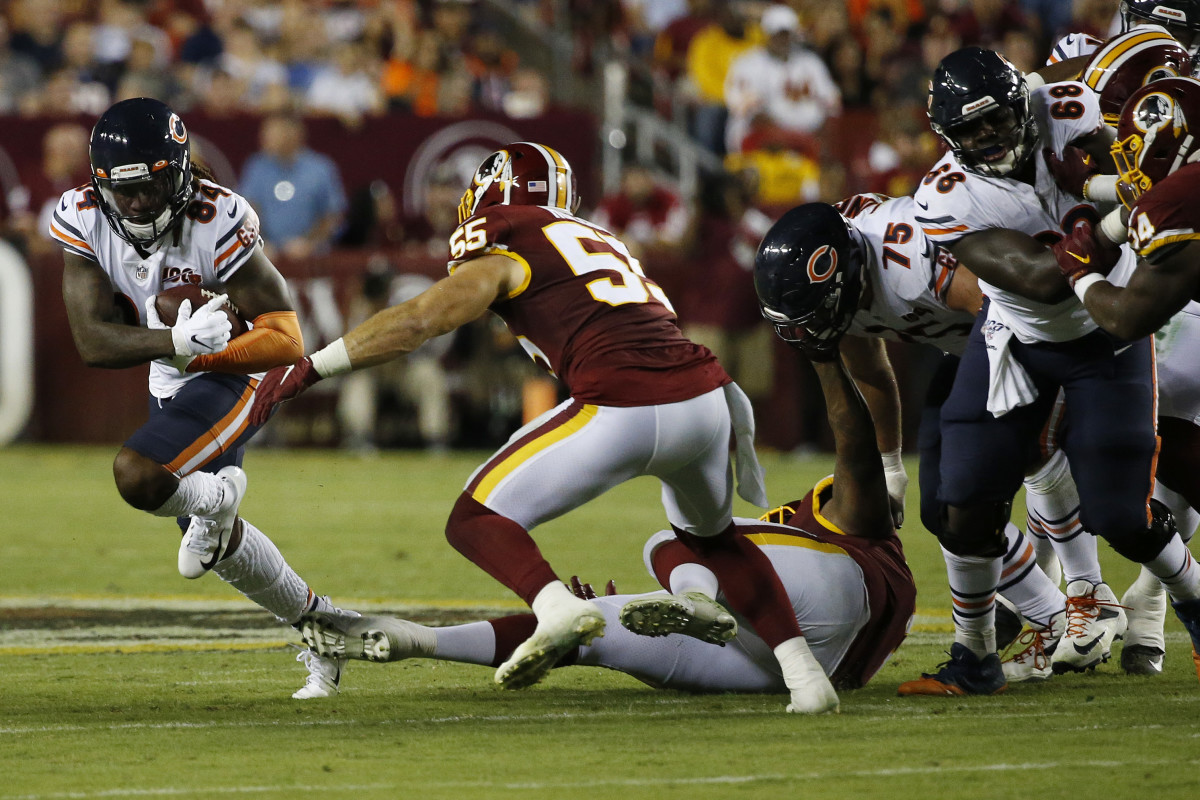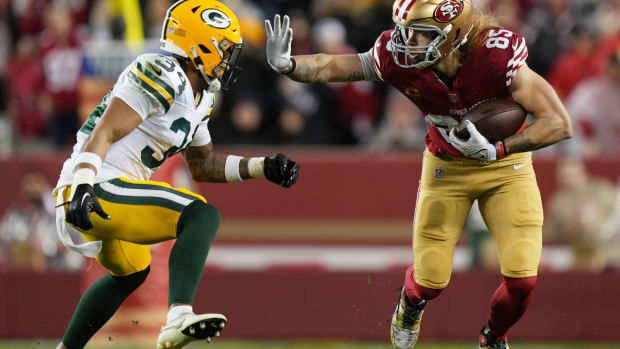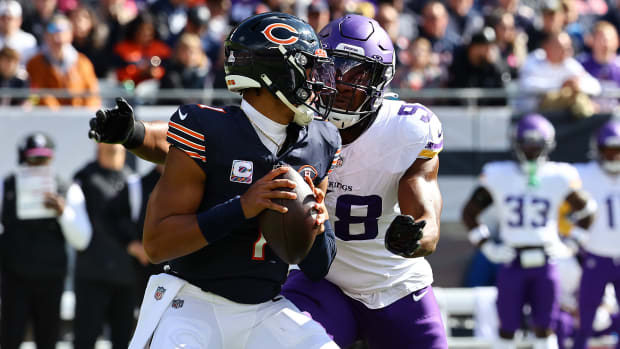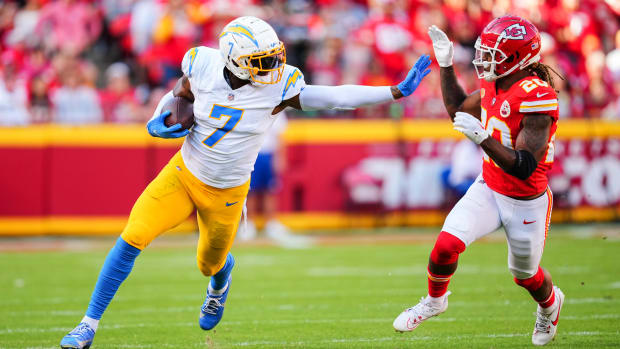A Free Agent Luxury Item Bears Can No Longer Afford

There is a reason free agency is a more dangerous way to build a team than the draft.
It's more expensive and if a player has talent worth keeping, then usually their team would keep them. The draft cost is far lower, and sometimes young players develop within the system, providing long-term success.
Still, free agency is a viable tool for plugging holes. Bears GM Ryan Pace has run the free agency gamut from disasters like Mike Glennon, Jerrell Freeman and Ray McDonald to smashing successes like Akiem Hicks, Danny Trevathan, Prince Amukamara and Allen Robinson.
The free agency class of last year will not go down as Pace's greatest moment. At least it's far better than the first one when he brought in McDonald, Eddie Royal, Antrel Rolle, Pernell McPhee and Mason Foster.
It could actually be argued his greatest success last year in free agency needs to be off the team in 2020.
Pace made seven key free agency signings and most panned out the way he imagined. Ha Ha Clinton-Dix, Buster Skrine, Cordarrelle Patterson, Kevin Pierre-Louis and Cornelius Lucas were effective free agents signings.
There's every reason to think Clinton-Dix won't be back because of the salary cap. And if the Bears were being realistic about costs and what they gained from Patterson, he should be cut despite being an All-Pro.
Here's how Pace's free agent class broke down. The bottom line for Pace and the Bears is they should be signing fewer free agents in the future and drafting better, or they'll never make progress toward taking over as the NFC North's dominant team.
Cordarrelle Patterson
They would net $4.75 million in cap savings by cutting Patterson even though he made the Pro Bowl and All-Pro. Patterson lifted their kick return from last in 2018 to second, and had a similar effect on their starting field position. His coverage on punts was both unexpected and effective. Yet, the offense obviously did little with this better field position he provided. So would it be better to simply cut him and use the money elsewhere? It's not difficult to come up with an effective return man on a minimum contract. Patterson never really fit in on offense with only 28 touches, and just 11 receptions. It was the second fewest receptions and offensive touches of his career. Much of this wasn't his fault, but was due to their own inability to find a way to use him. Of his 186 yards on offense, 79 came on two plays. The money on Patterson might be better spent providing talent upgrades at other positions or retaining essential players.
Ted Larsen
Their backup guard wasn't there when they needed him after Kyle Long's injury because he suffered a knee injury. Untested backup tackle Rashaad Coward had to start at guard. When you're brought in for depth and can't provide it for any reason, it's a failed signing.
Mike Davis
Gave the Bears nothing and was cut. Maybe his presence will eventually lead to something because the Bear stand to receive a compensatory fourth-round draft pick because they cut Davis.
Cornelius Lucas
The big tackle initially looked like a camp player, someone signed just to take up snaps in preseason with second or third stringers. Instead, the injuries to Long and to Bobby Massie meant he had to start at right tackle and played eight games more effectively than in his five previous seasons with three other teams.
Kevin Pierre-Louis
Another free agent who appears headed out of town, but did provide effective backup play when called upon to play inside linebacker. He played 20% of defensive snaps and two-thirds of all special teams plays and showed speed that wasn't always apparent earlier in his career while also making his first career interception, all at a bargain minimal cost.
Buster Skrine
He didn't defend the slot receivers as well as Bryce Callahan did when healthy, but Callahan often wasn't healthy in Chicago and this year couldn't even play in Denver due to an injury suffered in Chicago. Skrine was overmatched when Aaron Rodgers and a few other passers took advantage of his lack of height by moving taller outside receivers into the slot. However by and large Skrine was effective. He had his second-best Pro Football Focus grade since becoming a full-time slot cornerback (59.8). In his first eight seasons, Skrine averaged 9.7 penalties a year. For the Bears, he committed only two penalties and one was on special teams. The other penalty was his only pass interference call and went for 1 yard but was declined. The 66% completions allowed when targeted was the second best by Skrine since he became a slot cornerback. It has to be remembered, Skrine didn't have the big pass rush forcing errant throws in front of him that Callahan had in 2018 when he was so effective. The Bears had 18 fewer sacks last year than in 2018. So Skrine definitely showed ability to handle the position and it cost the Bears only $2.1 million against last year's cap. He becomes more expensive this season.
Ha Ha Clinton-Dix
At a cost of only $3.25 million, he provided the same number of interceptions they had from Amos in 2018, while registering the second-best Pro Football Focus grade of his career. Clinton-Dix missed about 10% of his tackle attempts, which kept in line with what he's done through his career. It's not an unusually high number for a free safety. The problem with keeping Clinton-Dix is the cost will go up greatly and they've already devoted a huge amount of cash to Eddie Jackson. Also, he does what Jackson does best, and leaves the Bears without a safety whose strength is tackling. They could use a more physical strong-safety type like when they had Amos.
Twitter: BearDigest@BearsOnMaven





